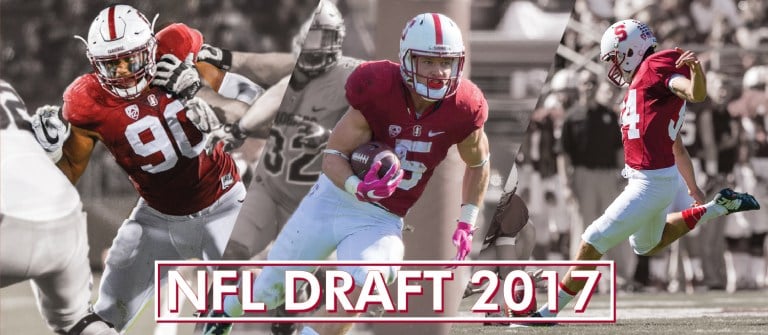Ahead of the 2017 NFL Draft, football analysts Jamie MacFarlane and Samuel Curry weigh in on the pro stock of this year’s top Cardinal prospects.
[ubergrid id=1126554]
(Photos by DAVID BERNAL/isihpotos.com)
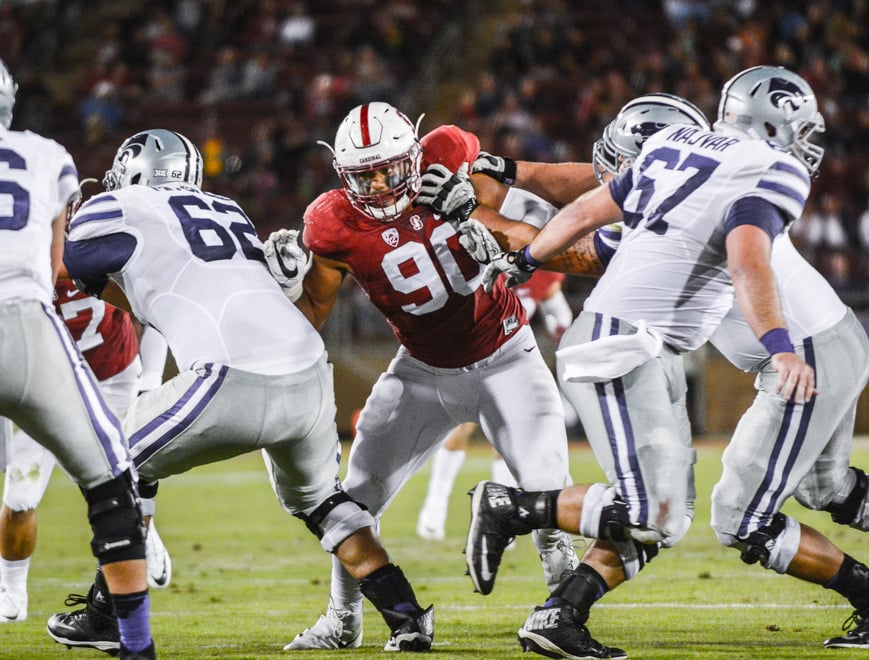
Notes:
Considered a “tweener”: not quite big enough for inside, but not long enough for the outside/has had some issues getting around tackles (gets stuck and attached instead of shedding)
Also has had trouble wrapping up in the backfield; has small hands for a defensive lineman, and has allowed quarterbacks and running backs to break free from his grip
Incredible athleticism, powerful player; amongst defensive linemen at Combine, 11th in 40 time, fourth in bench-press reps, fifth in vertical leap, fifth in broad jump, fourth in three-cone drill, third in 20-yard shuttle
Projection: top-five pick
Jamie MacFarlane (JM): Although not as much of a household name as McCaffrey, Solomon Thomas will be the first Cardinal off the board this Thursday and shouldn’t have to wait long before hearing his name called. Though he is considered a “tweener,” I think he’ll fit into any system as he is so strong and an elite athlete, as evidenced by his top-five placement in five of the six Combine drills amongst defensive linemen. He gets off the ball extremely quickly and is great at anticipating the snap count, although at times he has had trouble with being drawn offsides. I’d be surprised if he falls outside the top five and dumbfounded if he makes it past the Panther’s pick at No. 8. He could go as high as No. 2 overall, although the 49ers seem to be leaning towards selecting North Carolina quarterback Mitch Trubisky with that pick.
SC: It makes a lot of sense for the San Francisco 49ers to use their No. 2 overall selection on Solomon Thomas. The Niners may wait to find their franchise quarterback due to this year’s somewhat underwhelming quarterback class, and while Alabama’s Jonathan Allen is rated higher than Thomas on some draft boards at the defensive tackle position, Thomas is much more than your usual interior lineman. He has the potential to play and thrive inside, off the edge or perhaps even as an outside linebacker in a 3-4 defense. His ceiling is high, and with all the chatter about him since the end of the season, I would be surprised if the 49ers passed on Thomas at the No. 2 spot. If they do, however, there will be no shortage of teams waiting to pick up a rare prospect like Thomas in the top 10.
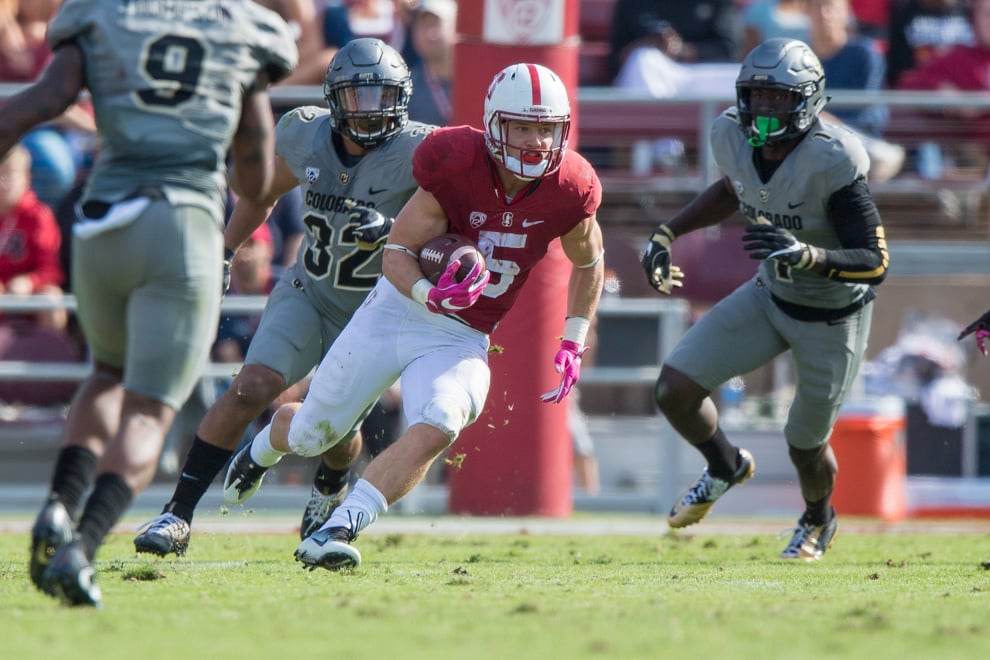
Notes:
Scored a 21 on the Wonderlic intelligence test, while Fournette and Cook both had 11
Benched only 10 reps
Projection: first rounder—could go as high as 8, could fall to late 20s
JM: Three very different running backs are vying to be the first back chosen in this year’s draft. LSU man-child Leonard Fournette (6’0” 240 lbs) brings an extremely rare blend of size and speed to the NFL and has drawn comparisons to NFL star Adrian Peterson and the legendary Bo Jackson. Fournette has the ability to throw off would-be tacklers with a brutal stiff arm or bowl them over seemingly without losing speed. Dalvin Cook can be a ground-and-pound sort of back and still has good size (6’0” 209 lbs), but he has fantastic lateral quickness and an unbelievable burst that he uses to gain the edge and explode down the sideline. Cook is also a proven receiver out of the backfield, while Fournette has shown flashes of being a capable receiver, but only registered 41 catches in 32 career games. McCaffrey, while smaller than both of the other two backs, is a tool that can be used in so many more facets of the game. His ability to line up and thrive as a wideout, in addition to catching the ball out of the backfield, gives offenses much more flexibility with offensive packages. Even if his size prohibits carrying the ball 20-25 times per game, he can still rack up touches in so many other ways, from catches to kick and punt returns. In fact, I think that the best fit for McCaffery is a team that recognizes that he isn’t meant to be the only running back, but rather uses him in two-back sets or puts him out in the slot more often than not. Beyond simply athleticism, McCaffery outshone Fournette and Cook on the Wonderlich test—administered at the NFL combine to measure intelligence—scoring a 21 compared to 11 by both of the other backs. All in all, McCaffrey has shown his incredible athleticism at the Combine and his vision and anticipation on the field making defenders miss. However, I think Fournette’s physical tools are too tough for NFL teams to ignore, and McCaffrey is the second back taken, likely in the 10-15 range, but could be a fit with the Panthers at No. 8.
Samuel Curry (SC): I honestly can’t see McCaffrey falling beyond the top 10 at this point. Any team that drafts him is getting a player that can seriously affect a game in three ways: as a runner, as a pass-catcher and as a returner. I would say that while Fournette was a more dominant runner in college due to his frightening power, McCaffrey may see more success in the NFL due to the patience he possesses as a runner that Fournette seems to lack. Fournette’s power will, without a doubt, punish defenders at the next level and give him extra yards on every touch, but I don’t think it will be as overwhelming as it was for defenders in college, and his occasional lack of vision and patience may become apparent. As for the comparison to Florida State’s Dalvin Cook, I think that while Cook shows similarly impressive versatility and quickness, McCaffrey is a more polished route runner, and Cook presents a significant ball-security concern with six fumbles in 2016. I also think critics should not be so fast to exclude McCaffrey from the every-down-back conversation, even with his lack of size. It’s hard for teams to get a clean hit on McCaffrey due to his elusiveness, and other than a brief injury in 2016, he has given little reason to question his durability. Lastly, McCaffrey is an elite competitor. The man lives and breathes the game, and preparation both on the practice field and in the film room will not be an issue for him. McCaffrey is the top running back in the draft in my opinion, and he will hear his name called in the top 10 before both Leonard Fournette and Dalvin Cook.
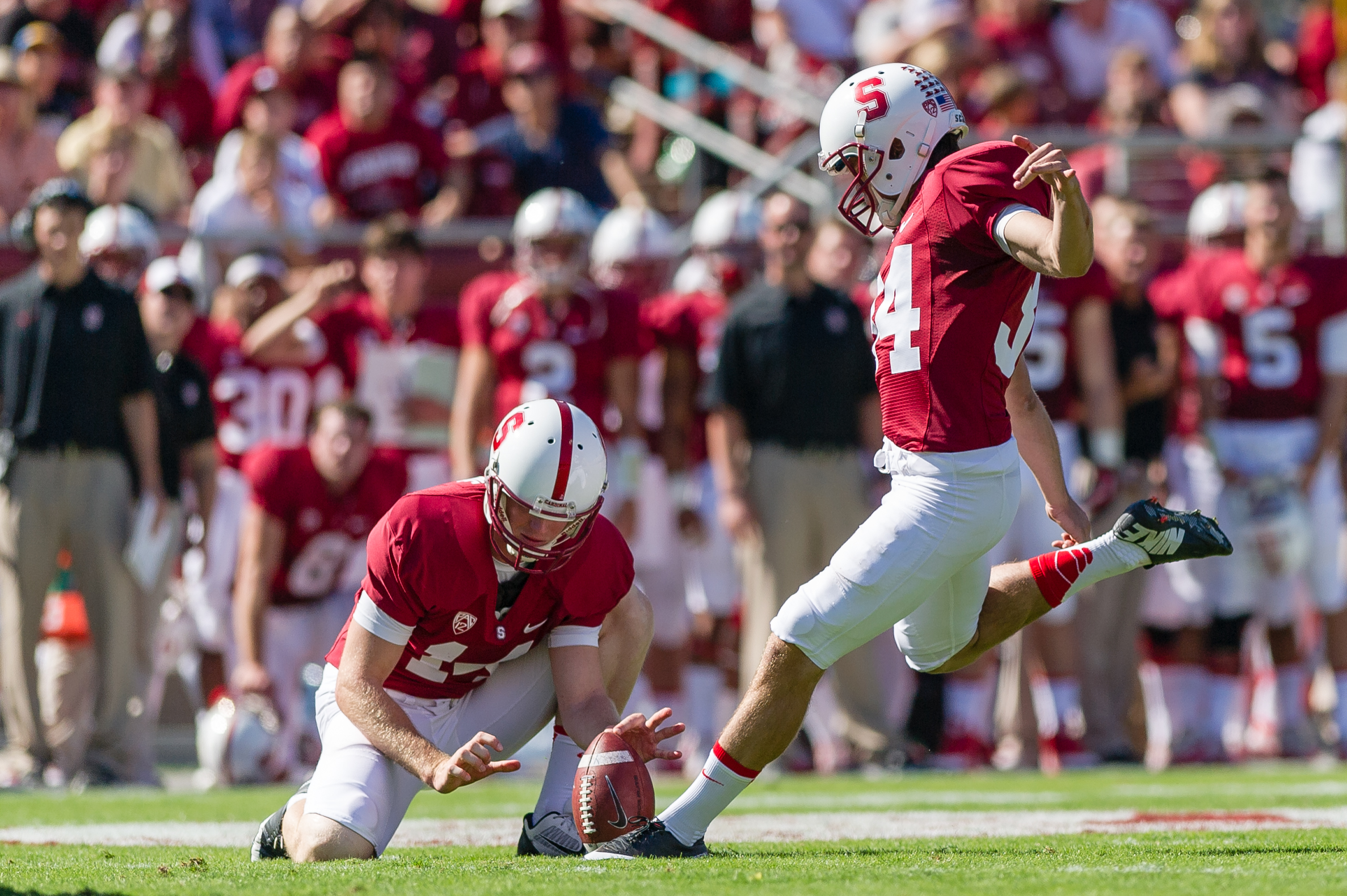
Notes:
Ranked No. 1 kicker in the draft by ESPN
Set school record for career field goal percentage (82.4)
Only kicker to go 15-15 on field goals at Combine
Projection: late-round pick
JM: Stanford football fans have grown accustomed to the former walk-on’s consistency and unwavering presence over the past several years. Ukropina’s steady foot is best exemplified by his school-record 108 consecutive extra points made. Although many see Arizona State’s Zane Gonzalez as the best kicker available in the draft (23-25 on field goal attempts this past year including 7-9 from 50+ yards), Ukropina is in the discussion. History tells us that likely only one or two kickers will be taken in the draft, but it also tells us that kickers’ success does not depend on being drafted, with Adam Vinatieri, David Akers and Phil Dawson, and many more having illustrious careers after not hearing their names called. I think Ukropina is promptly signed as an undrafted free agent once the draft ends, but there is a chance he sneaks into the seventh round given his impressive Combine performance.
SC: While teams are generally reluctant to use even a late-round pick on a kicker, I see Conrad Ukropina getting picked up in the sixth or seventh round. He’s arguably the best kicker in this year’s class and was the only kicker to hit home on 15-of-15 field goals at the NFL combine. Ukropina comes with above-average leg strength, a career-long of 52 yards and impressive accuracy, setting a school record for career field goal percentage (82 percent). It’s difficult to say what moves teams will make on the sometimes chaotic third day of the draft, but I think there is an NFL franchise out there willing to use a late-round pick on Ukropina, even if he isn’t the first kicker taken.
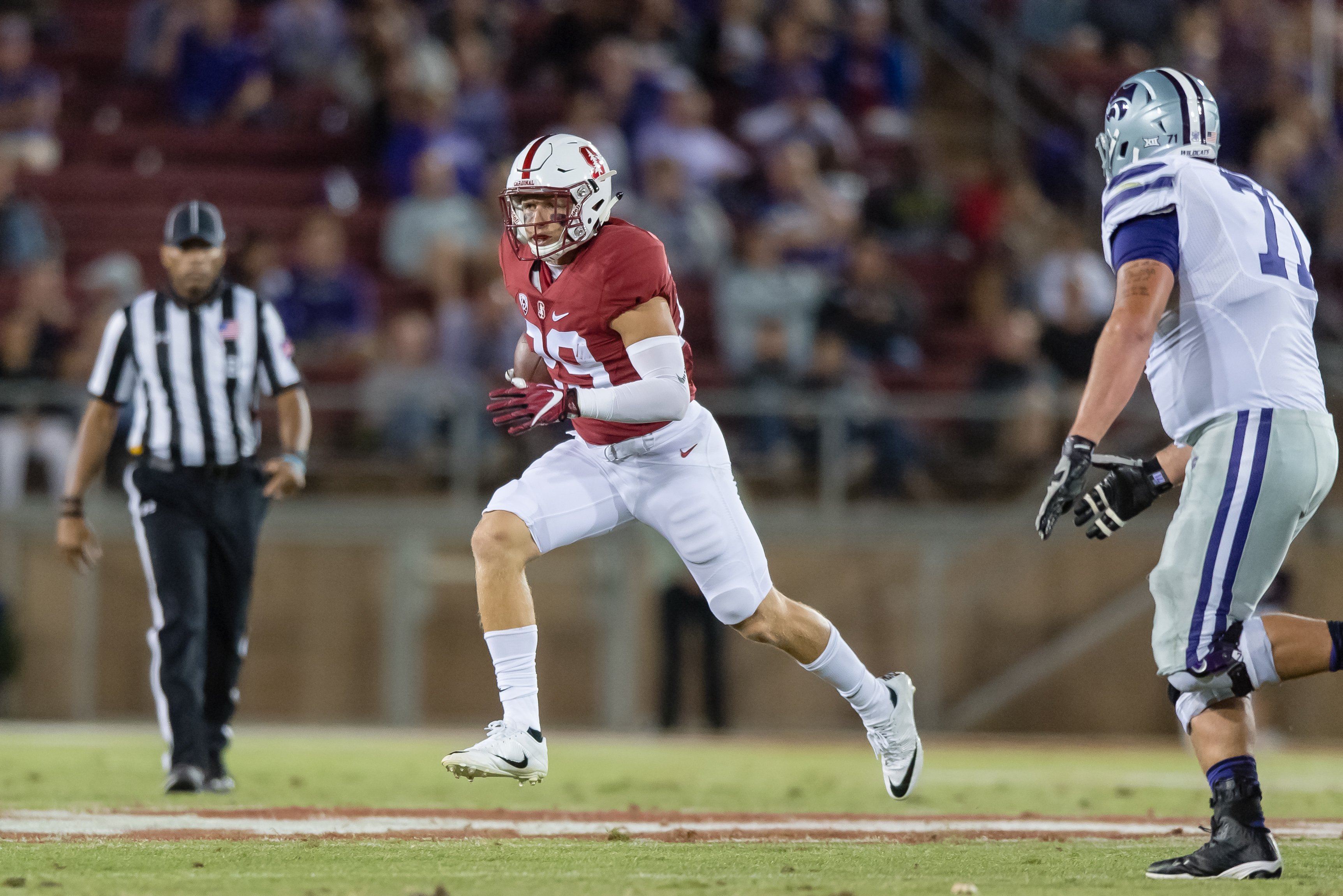
Projection: late-round pick or undrafted free agent
JM: Lloyd put his best forward in his last collegiate game, making his case to scouts that he possesses NFL readiness by picking off North Carolina quarterback—and likely second overall pick—Mitch Trubisky twice, and returning one of the interceptions 19 yards for a touchdown, and the other 45 yards into UNC territory. In addition, Lloyd added a forced fumble and six tackles. Having spent his first two years at Stanford as a quarterback, Lloyd undoubtedly has untapped ability, and NFL teams will like that upside. He’s big for a safety, and was second on the Stanford team this year with 66 tackles. That tackling ability to go along with his team-high five interceptions is a blend of physicality and ball-hawking that I believe results in him going between the fourth and sixth rounds.
SC: Lloyd has the size and intangibles to be an NFL safety, but the only thing that concerns me regarding Lloyd’s potential at the next level is his athleticism. His 4.65 mark in the 40 at Stanford’s pro day would have placed second-to-last at the Combine among safeties, and with almost every NFL receiver possessing sub-4.4 speed these days, it’s hard for me to definitively say he can keep up at the next level. While I had no problems with his pass coverage at Stanford, many of his interceptions seemed to be gimmes more than ball-hawking skills. That being said, Lloyd is a sure tackler and an intelligent safety who, as Jamie said, came to Stanford as a quarterback and certainly can still improve at his position. I would be shocked if Lloyd was not drafted, and I see him going in the fifth round.
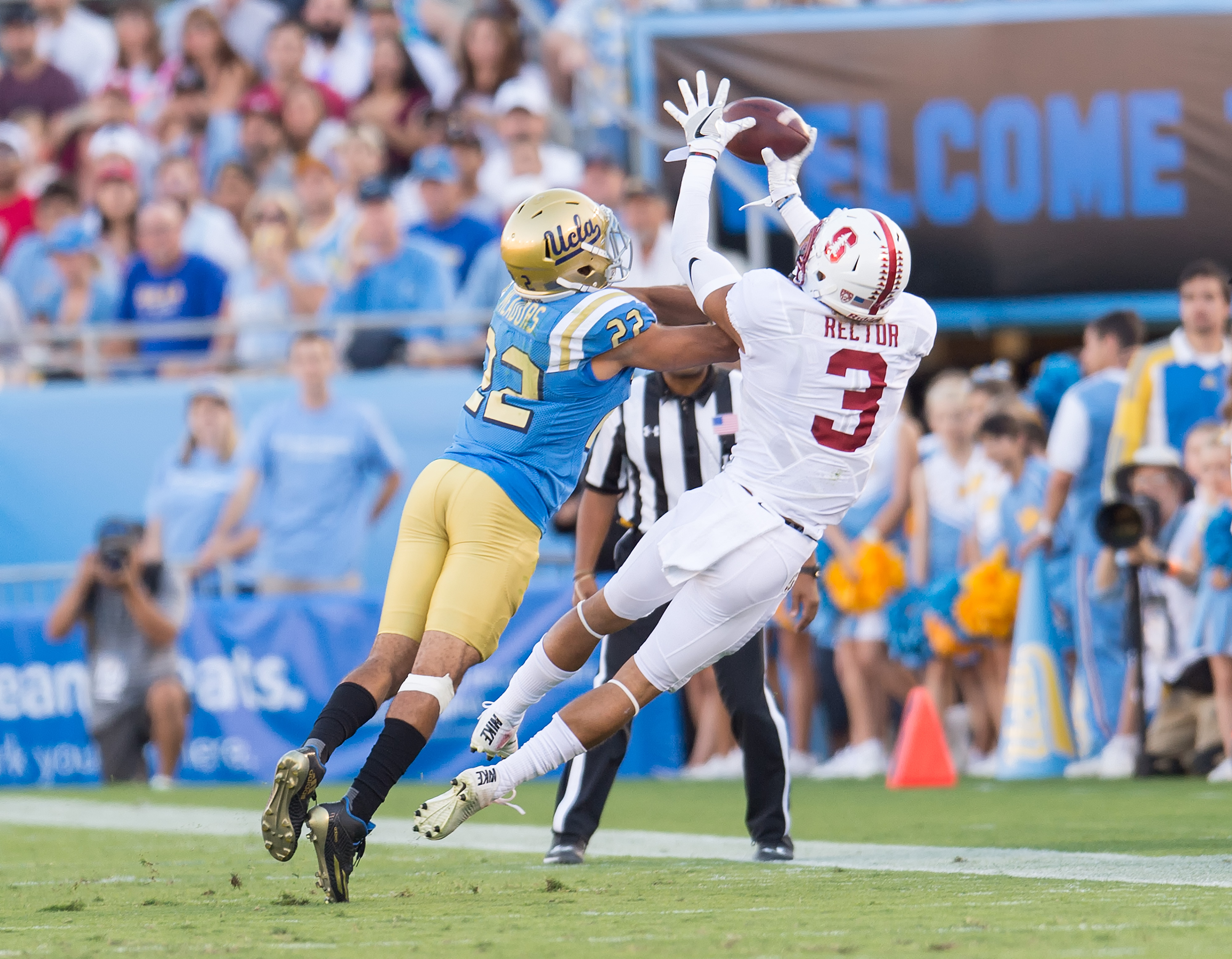
Projection: late-round pick or undrafted free agent
JM: Rector’s calling card is his straight-line speed. He certainly isn’t small, but he doesn’t have enough size to overpower defensive backs, so at times it is easy for him to get jammed at the line, and his speed negated. Of bigger concern, however, is that Rector has consistently been plagued with drops in his career at Stanford. I think this question mark causes him to fall to the sixth or seventh round. If he doesn’t get drafted, he will undoubtedly be a coveted undrafted free agent as his speed is too hard to ignore and he certainly has potential as a dangerous deep threat, which gives him a solid shot at making an NFL roster.
SC: While Rector’s senior season didn’t quite live up to its lofty expectations after a promising junior season, I think Rector’s pure athleticism will make an NFL franchise give up a sixth or seventh round pick for him. Both his hands and route-running must improve if he wants to be a consistent and significant contributor for any NFL team in the future, but I believe he’s an intriguing prospect who can be used creatively by any number of teams. The sixth and seventh rounds see players like Rector frequently and I see someone picking him up in that range.

Projection: undrafted free agent
JM: Davis came into Stanford as the Butkus Award winner for best high school linebacker and was a consensus top-100 and top tier four-star recruit, and at 6’4” is big, for a linebacker. With a 4.85 40 time, he doesn’t quite have the speed to be a sideline-to-sideline linebacker but in the right system could stop up the middle. His productivity in college leaves major question marks, with 19, 11 and 32 tackles his past three seasons. He could get invited to a training camp because of potential and size.
SC: Davis never seemed to be able to fully tap into his potential at Stanford, and I don’t see him doing it at the next level due to his modest pro day performance. While he will likely get a call from an NFL team after the draft, I don’t see him making a roster in the fall and he will likely find himself on a practice squad. However, he could become a special teams contributor for a team if he begins to show the potential he demonstrated as a prep athlete and at Stanford at times.
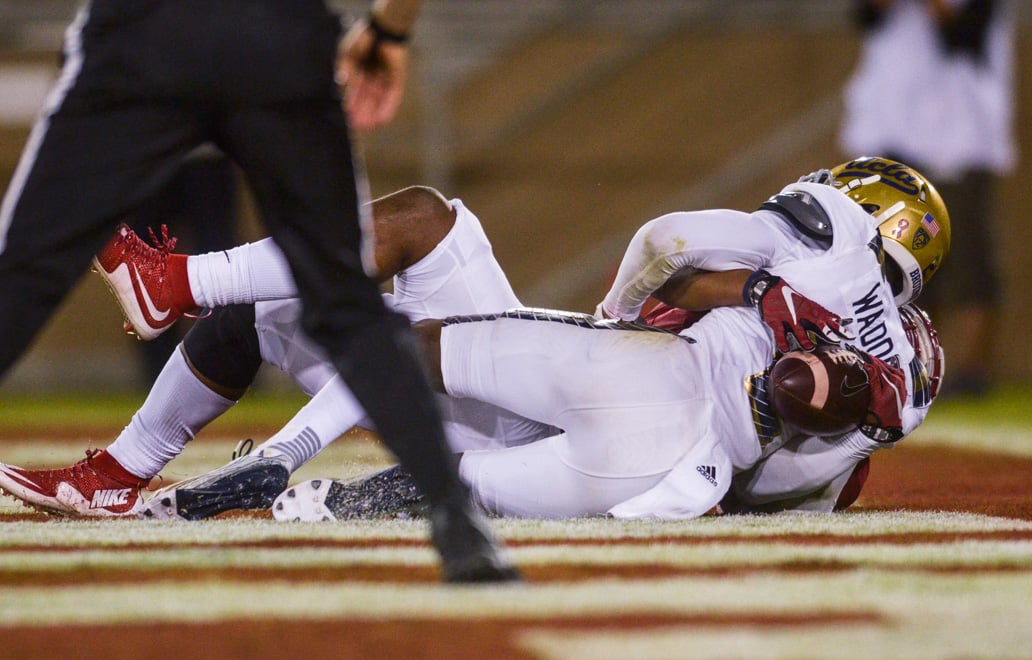
Projection: undrafted free agent
JM: Owusu boasts very good size and fantastic athleticism, which will almost certainly spark an NFL team to sign him to a training camp spot and give him a shot and could cause a team to take him in the seventh round, but at Stanford that eye-popping 4.35 40 time and 39” vertical didn’t really translate to the box score. He did deal with some injuries in his time with the Cardinal, including a nasty concussion his senior season, but overall he did not make his mark as an athlete of his caliber may have been capable. However, the potential certainly is there, and nobody will forget the time he pinned the football against a UCLA cornerback’s back for a touchdown his junior year.
SC: Besides “the catch” against UCLA in 2015, Owusu’s Stanford career was fairly unremarkable, only catching 34 passes for 482 yards in his four seasons as a Cardinal, but his impressive numbers at Stanford’s pro day are going to force teams to take a second look at him. While his college stats don’t warrant a draft selection, his elite athleticism and considerable size will inevitably prompt a team to give him a chance this fall as an undrafted free agent, and perhaps he can become a special teams contributor or, in the right system, tap into his potential as a receiver.
Contact Jamie MacFarlane at jamiemac ‘at’ stanford.edu and Samuel Curry at currys ‘at’ stanford.edu.
